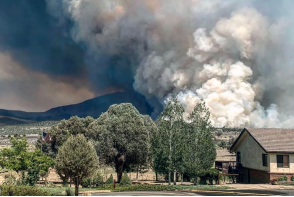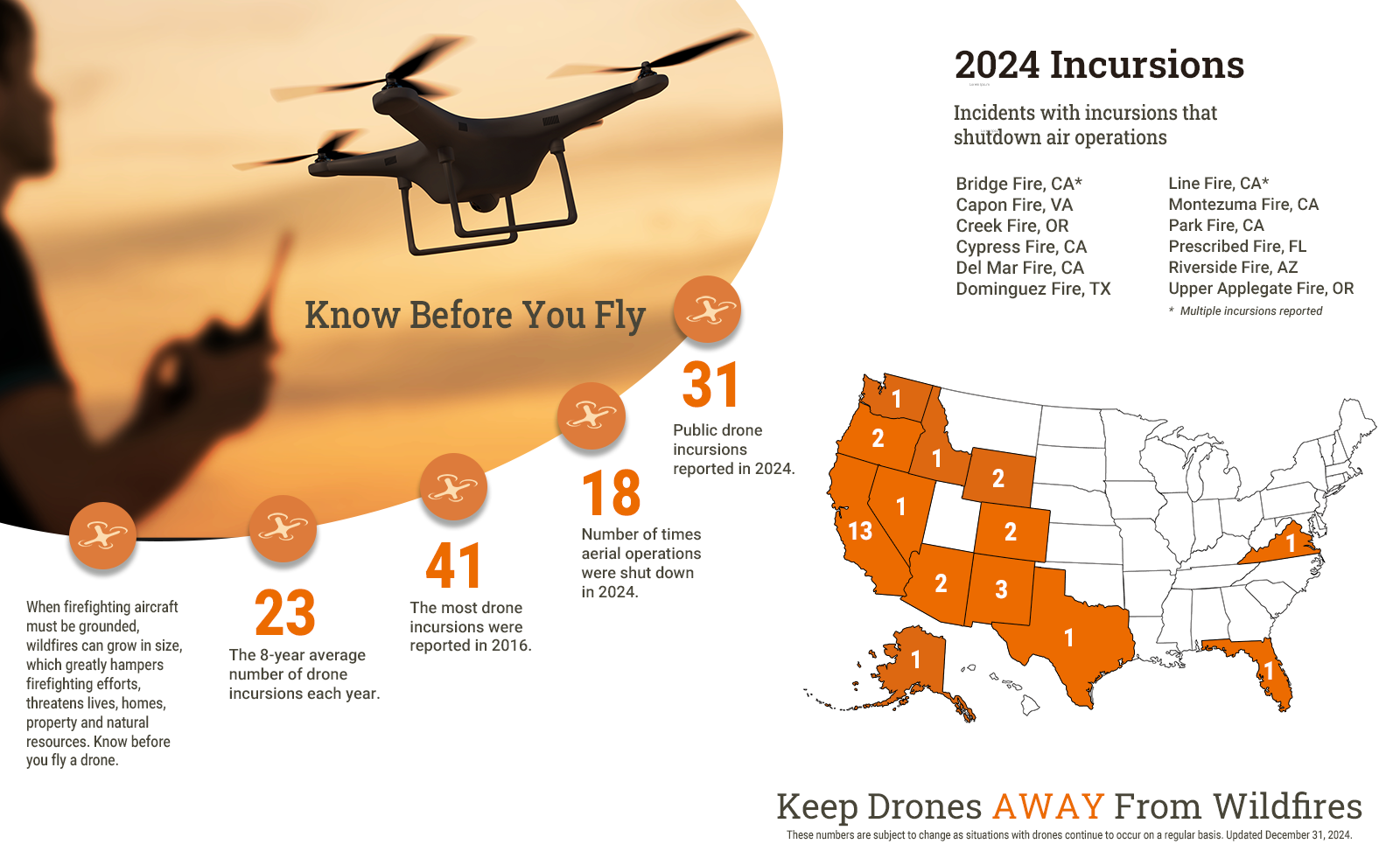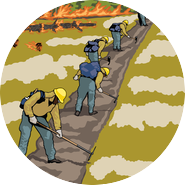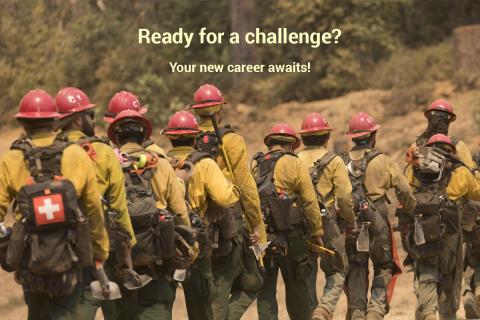Coordination and cooperation in wildland fire management.
* Source for statistics is the Incident Management Situation Report published by the National Interagency Coordination Center.
NIFC Facebook
Welcome to the Nation's Logistical Support Center

The United States federal wildland fire community is a vast network of dedicated public servants, made up of the combined wildland fire workforces of the Department of the Interior’s Bureau of Land Management, National Park Service, U.S. Fish and Wildlife Service, and Bureau of Indian Affairs, and the U.S. Department of Agriculture’s Forest Service. Together, these agencies manage wildland fire on nearly 700 million acres of federal public land, approximately one-fifth of the total land area in the United States.
NIFC is home to the national wildland fire management programs of these federal agencies, in addition to partners including the National Association of State Foresters, the U.S. Fire Administration, the National Weather Service, and the Department of Defense. These entities work together to provide leadership, policy oversight, and coordination to the nation’s wildland fire programs.
In recent years, the shared mission at NIFC has grown to include all types of fire management, including hazardous fuels treatments, integrated fire and land-use planning, and more. Fire management under this larger and more diverse umbrella aims not only to achieve fire suppression goals, but to accomplish a broad spectrum of natural resource objectives in an efficient, cost-effective manner.
For Our Firefighters





















